Musings about the vague, yet highly charged world of natural wine and cider
“Most wine, in fact is unnatural – artificial commodity juice with utilitarian qualities in line with vacuum cleaner bags or toilet paper. Products without a soul, but necessary […]”
Michael Drapkin[i]
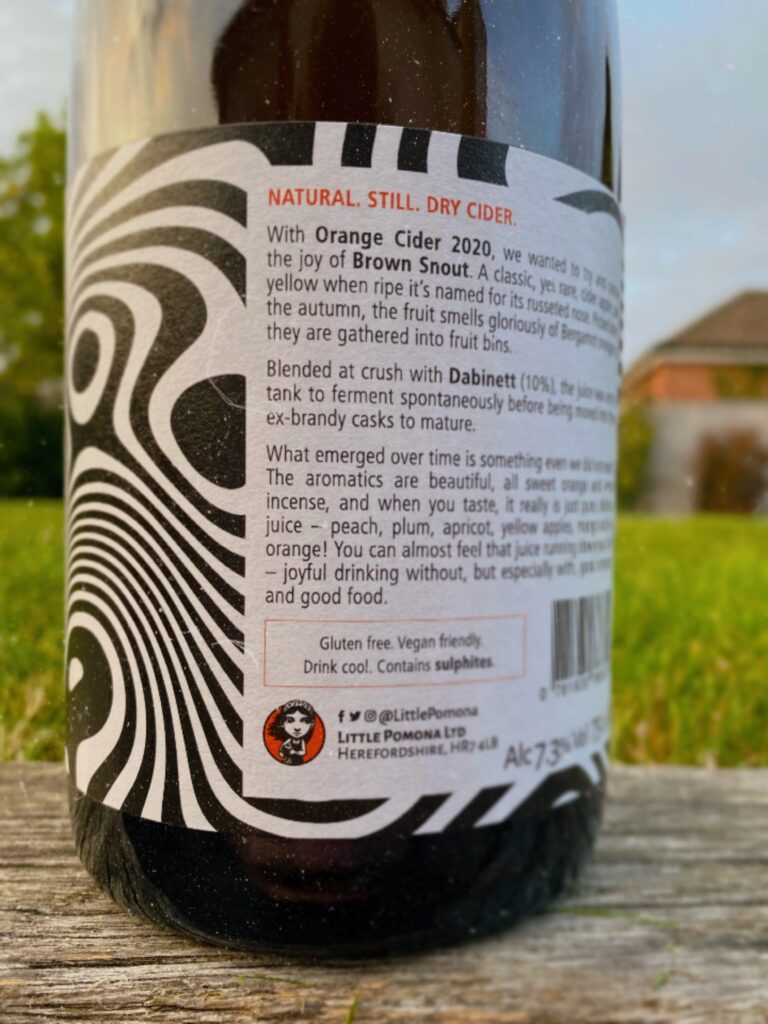
I love this quote, not only because it contains one of on my favourite words, utilitarian[ii], but also because it says so much more than the 27 words convey at first glance.
Wine and its drinkers can be snobby, or, at least be seen as patronising and pretentious. They can throw around words like appellation[iii], petrichor[iv] and terroir[v], while swirling and sniffing their wines, or, indeed, found arguing about the mouth-feel induced by the acidity of a Mosel over a Rheingau Riesling.
Add the simple, undemanding word natural to the mix, and tahdah! you’ve entered a new realm of wine geekdom…. or potentially Dante’s third circle of hell[vi], the jury is still out on that one.
Cider and its drinkers appear to be the antithesis of this somehow: cider on park benches or the bus, chugged by the 3-litre plastic bottle, “Taste of apples, innit?” and oodles of sugar. But why?
Wine is for the educated elite, cider is for the uneducated peasanty. Obviously, there is more than one thing wrong with this statement, but for argument’s sake, stay with me for a bit.
Natural wine is big business these days, with plenty of casual fans, die hard disciples, friendly adversaries, fierce opponents, and uninitiated in- and outsiders. And, people are happy to pay for such natural wines.
Natural cider on the other hand, seems to find itself somewhere in the far concerns of our collective drinking consciousness, almost in stark contrast to Drapkin’s idea of wine: “I would have thought all cider is natural, like wine. You grow fruit and you make alcohol out of them, right?!”
And round and round we go – scream if you wanna go faster!
Cider and wine are indeed made of apples and grapes, which are grown, harvested and fermented into cider and wine respectively. As such, both drinks are helped along by the maker, not brewed or distilled, with distillation being a considerably more human-involved intervention, and therefore could be seen as standing on the opposite end of an imaginary grid of alcoholic beverages.
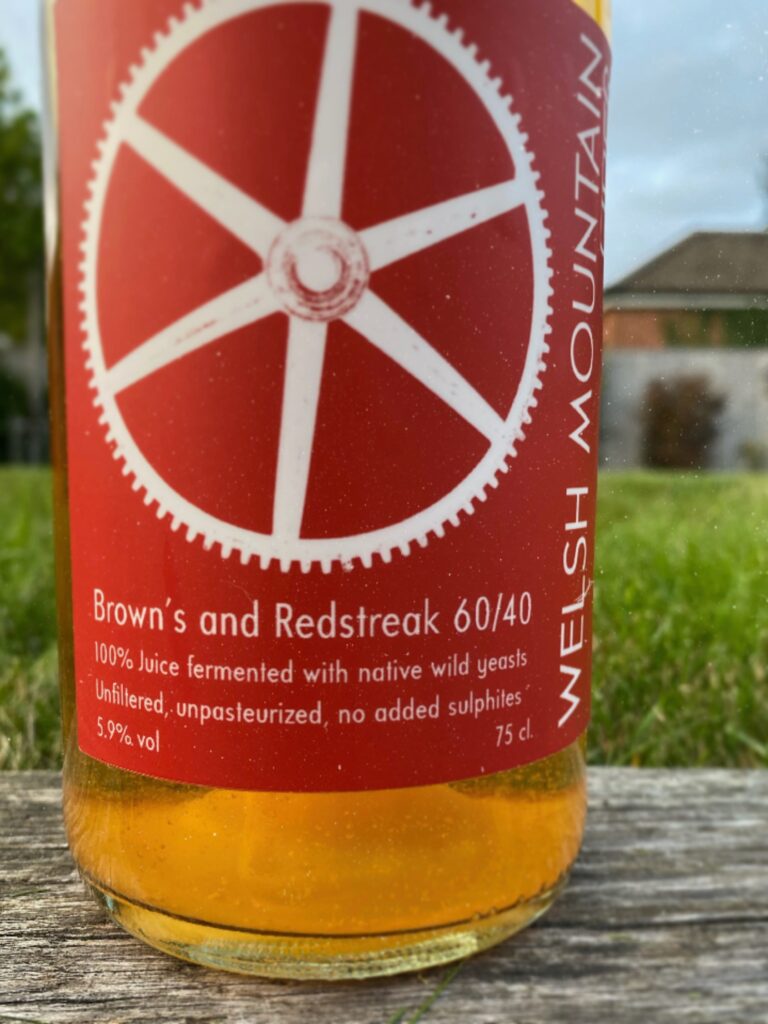
Both, grapes and apples, have a similar growing cycle, which include attracting pollinators with colourful flowers (whether actually required for reproduction or not)[vii], growing fruit, and a lot of rest, usually and ideally when it’s colder so the vines and trees can conserve energy and prepare for the next round.
Enter Chill Units Stage right.
Chill units[viii], or chill hours, are basically the number of hours (duh!) of cold winter temperatures, a fruit tree or grape vine needs to be exposed to, or experience, in order to kick into production mode, come spring[ix]. This dormancy period is not only normal but needed. Have you ever tried to function properly with inadequate sleep? Granted we don’t need December to March (Northern hemisphere) or July to September (Southern hemisphere) off to get some quality rest, but then we are not vines or fruit trees.
So, wine and cider are kinda similar, aren’t they – both are results of alcoholic fermentation of fruits grown on vines and trees respectively.
Before we dive deeper into the natural conundrum, it may help to have a quick back-to-basic whistle stop tour of how we end up with the fruit:
Apple trees prefer temperate climates and grow best between 30° and 60° latitude [x]on either side of the equator[xi]. Grape vines equally love temperate climates, not too cold, not too hot, but they grow best between 30° and 50° latitude, again either side of the equator[xii], so a slightly less broad range then our humble apple, but both are more or less happy in the same places.
Generally speaking, most apple trees will start to produce fruit in their 3rd or 4th year, reach maturity between their 4th and 8th year and considered old trees after 20 to 25 years, when irregular fruit production sets in.
Grape vines equally, tend to start fruiting around their third year on earth. However, they tend to produce fruit a bit longer then apple trees and are only considered ‘old vines’ after 30 years, give or take.
I should mention here that this is a gross over-generalisation: we have around 2500 developed apple varieties in the UK alone, with around 7000 varieties in around the globe[xiii], and none of these numbers include the uncultivated varieties. And, when it comes to grapes, there are around 60 varieties that make it into wine, plus or minus a few others. Although most of the known varieties stem form just one variety – Vitis Vinifera, aka. the common grape vine. (Remember this for later on)
Clear win for Malus Domestica in terms of variety I may add, but then I am an apple person.
So, anyway, we have arrived at cider and wine. Lets’ try and find our way through the natural conversation.
Now would be a great time to add that there are many fantastic books, blogs and zines available which deal in greater depth with the subject, so go forth and explore if this is ya thang. But, to give you a general flavour, here are some ideas I found fascinating for various reasons.
Roll up, roll up – all the fun at the fair!
Let’s hear the natural wine world first, whose main complaint is that (commercial) wine has been robbed of all its potential by interfering with it, and that (natural) wine should be an expression of the land it grew on.
“Unfortunately[…] most wine hasn’t been “just grapes” for a long time […]”[xiv] writes Katherine Clary.
“[…] Natural wine, […] is made with healthy grapes from healthy lands that has been farmed organically or biodynamically. […]”[xv] jots Michael Drapkkin.
Alice Feiring underlines this statement “[…] the strong link to organic […] vineyards is often addressed as an aside instead of a starting point. […] a natural wine needs to start with the soil first, and then we can talk about nothing added or taken away […]”[xvi]
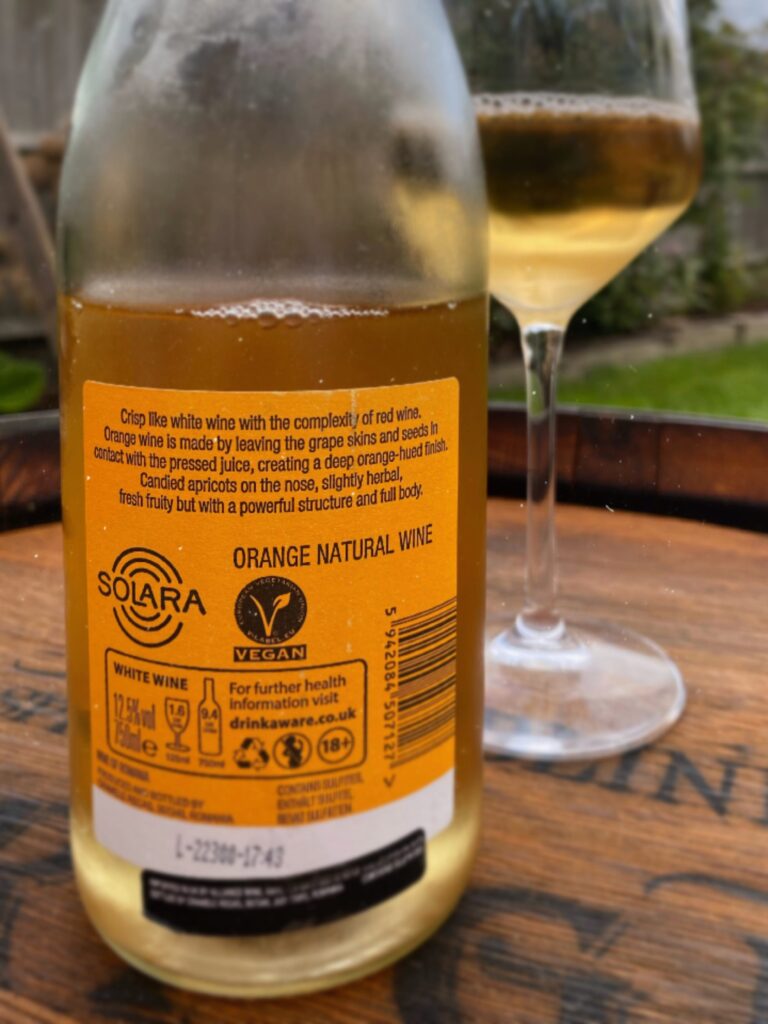
Even though cider and wine have been co-exiting for eons, literature and general or critical thoughts regarding cider are harder to find. There is also considerably far less money involved in the cider industry compared to what is floating around in the fermented grape juice scene, which might be another indicator of the lack of publications.
There is one man however, who preaches the gospel of cider and perry, The Ciderologist Gabe Cook, and he has the following to say: “[…] Though rarely seen […] a number of cider makers […] have started adopting certain terms from the […] Natural Wine movement […] including […] Natural Cider. In wine, this phrase […] differentiate it from conventional wine […] made from organically grown grapes […] or where no sulphites or fining agents have been added. […]”
Caledonia Cider’s homepage explains that “[…] natural cider is nothing new. […] Pretty much all cider used to be natural cider […] It was only with the increased industrialization of the 1970s that a divide really began to appear […]”[xvii]
And, then there is Welsh Mountain Cider who publish that they make “[…] Fine, natural cider, live and unpasteurized, with no added sulphites. […] from 100% fresh juice, naturally fermented and cellar aged. […]”[xviii] ; [xix]
Key concepts in this conversation should therefore be: no or low intervention with the land, fruit, liquid, and process, making “natural” is not a new concept, as well as a very low tolerance on chemicals or other preservation aids, such as filtration along the lines of “nothing added or taken away”.
Ingredients: nothing but intoxicative, gone off juice – big style!
The Vin-Satori – Natural Wine Information website, defines the natural alcoholic grape stuff as: “[…] ‘It is a wine without synthetic chemicals or oenological inputs, made from organic grapes harvested by hand’. Or almost… Sulphites in wine are debated. […]”[xx]
Hmmm… so not as clear cut as it could be then… descriptions are funny, aren’t they?
“[…] Natural wine is an ideal, a philosophy, and one must try to steer clear of dogma. […]”[xxi]
To borrow Pete Brown’s words “[…] Craft beer is an enigma, something that inspires both a people’s movement and a multi-billion-dollar global industry, while at the same time creating heated argument within its most passionate adherents about what it actually is and whether it even exists or not. […]”[xxii]
Substitute Craft Beer for Natural Wine or Cider and, well, you get the idea. Natural, naked, low intervention, as the fruit intended to be…. natural seems to mean to some that humans should let the grapes and apples do the talking and stop interfering with the process, whilst other see giving nature a helping hand when she needs it, as far more beneficial than no wine or cider at all.
Yet, as mentioned, our current catalogue of commercial grown wine grapes and cider apples wouldn’t be here if it wasn’t for the humans who interfered, so where do we stand here?
Sure Lisa, crop and fruit farming by its own definition is the very act of human dominance over nature – we decide what grows where, when and how – but naturally, fruit ferments on its own as well (given the chance).
And down and down we go…
The Oxford English Dictionary defines natural as “[…] existing or present by nature […]”[xxiii], which is good enough, yet admittedly relatively broad. If it grows in nature, it is natural. Controversial? Maybe, but I’m not a farmer, a scientist or know enough to make an educated statement on whether wine and cider should be made from ”artificial commodity juice” or ”100% fresh juice”. Nor am I a cider maker, a vigneron or producer of fruit wines, I am a consumer and as one it is not my place to tell you what to like and drink.
The first time I walked through the trees of Ross on Wye Cider and Perry I was transfixed. I had first tasted their Bulmers Norman S.V. only a couple of weeks earlier and was instantly in love. I didn’t know anything about this type of cider but was keen to learn more and therefore dragged the husband to some orchards in Herefordshire.
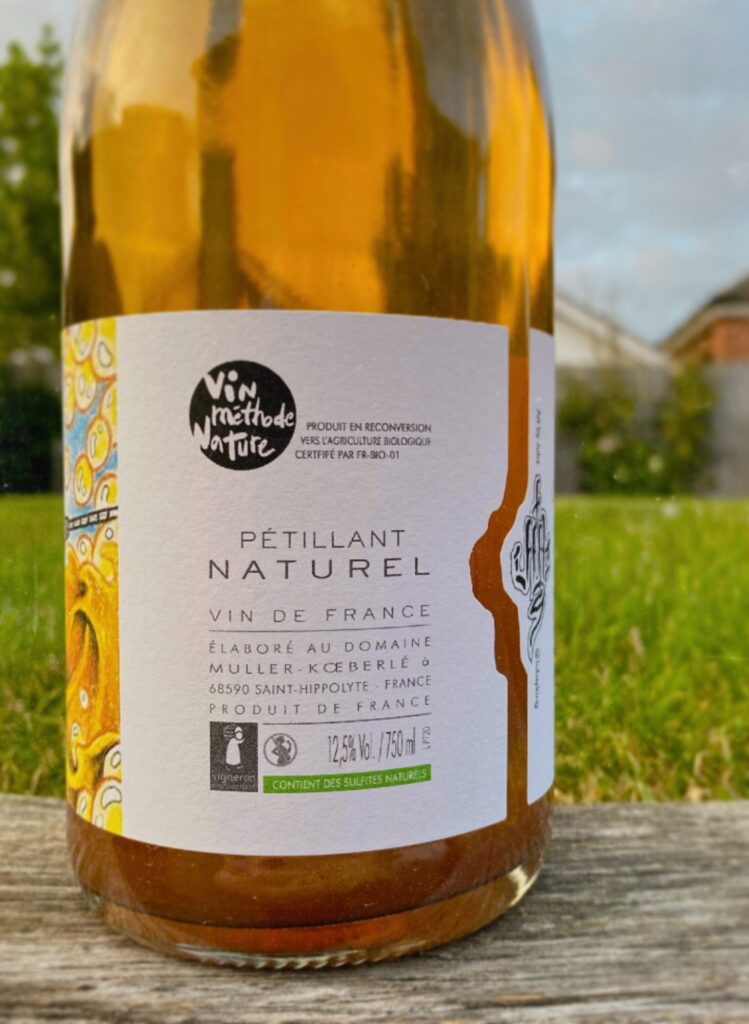
Take Bulmer’s Norman, an unassuming French apple from Normandy. So unassuming, that it didn’t even have a name when it was imported by the Herefordshire cider makers H.P. Bulmer around the early 1900s[xxiv]. Gold star for anyone who can guess why we now call it Bulmer’s Norman!
The apple itself is a bittersweet, but it is often disregarded as being too bold, too tannic, too muscular, due to its perceived harsh astringency and bitterness in the resulting cider.
The tree itself has a very sturdy trunk and is therefore used more often for grafting other varieties onto, than producing fruits for cider making.
Unassuming perhaps, but Ross on Wye transform this greenish-yellow apple into something so delicious it’s hard to put into words. But then with a tagline as simple as “Cider Done Properly. Whole juice, craft cider, made using directed natural fermentation” [xxv] you know you’re in for an awesome ride!
Buckle up, the next round is in reverse!
The apple, being a French import, did not, knowingly, grow in England. The OG tree bearing the fruit naturally existed in France, yet by moving scions across borders, did humans interfere with nature? Food for thought.
The eagled eyed reader may have spotted two key points already: natural fermentation – [read] the use of wild yeast. (And yes, their Bulmer’s Norman S.V. is bretty![xxvi]) and grafting, but I’ll get to that in a moment.
Wild yeasts, as opposed to commercial, lab-grown yeasts, can be unpredictable, and can produce flavours from barnyard, leather and sweaty horses[xxvii] to slightly sour, fruity floral and earthy. The Rock Stars of the Brett World would be Belgian lambics, which are wild fermented by a yeast associated with the Senne valley near Brussels, aptly named Brettanomyces bruxellensis. But the thing is, you don’t always know what the end result will be. Will televisions fly through hotel windows? Will the room be trashed come morning?
Ross on Wye Cider let nature take over: they press the apples they have grown into juice, which then ferments naturally to produce a cider which can be considered as being terroir driven.
This approach is also followed by a lot of nature wine producers, who choose not to yeast their wines, as this would/could be seen as interfering with Mother Nature.
As such, we might assume that the use of wild yeast creates a natural cider (or wine), and natural cider (and wine) is a je ne sais quoi, a liquid gastronomic sign of terroir.
So, could one therefore also assume that the use of commercial or lab yeast in cider and wine that is less of an expression of terroir?! Tricky business …
Grafting, a process in which two (or more) plants are joined together to grow as one plant, seems somewhat less natural than let’s say, wild yeast. This technique allows growers and fruit famers to “fine tune” their plants by selecting certain varieties for their specific properties and joining them onto other varieties, for example sturdy Bulmer’s Norman root stock and growing Yarlington Mill apples.
In addition, grafting allows us to “copy” apple varieties, as apples don’t grow true from seed. The tart and crisp Granny Smith apple you had for lunch the other day? Yup, the original Granny Smith cultivar was discovered by “Granny” Maria Ann Smith in Sydney, Australia in 1868[xxviii]. The apple sauce you have with your pork roast? The original Bramley apple tree, from which all existing Bramley apples are ”clones”, was planted by Mary Anne Brailsford, who planted a seed in Southwell, Nottinghamshire between 1809 – 1815[xxix].
In the grape world this process actually saved us from a world without Old World wine. Back in the seafaring days of the 1860s, newly discovered plant and botanicals were brought from the New World to Europe and with them, a tiny, yet deadly root louse called Phylloxera. This mini insect started feeding on the roots of European grapevines, which were, unlike their American cousins, not naturally resistant, resulting in deformed plants and lost crops. Talk about messing with nature…. After a bit of trial and error with some grafting, it was discovered that Europe could continue to grow and drink its beloved wine: European varieties grafted onto American rootstock, finetuned to the soil of Old World vineyards.
The whole idea of marrying up two different plants to grow together screams of human intervention, non? Granted it was our fault that an insect caused havoc after being displaced by us, so it was only right that we fixed the mess of our making, but the questions still arise: can natural wine be made from vines which have had excessive human intervention? Discuss.
Another idea is the use of Sulphites or sulphur dioxide (or SO2)[xxx] in natural wine and cider making circles. Some producers make use of the chemical, some don’t. Some consider its use acceptable in the natural making world, while others are adamant that any addition of the stuff results in a non-natural cider or wine. Sulphites in wine (and cider) are debated.
SO2 is a naturally occurring[xxxi] chemical which is used as an antiseptic and antifungal preservative. It basically protects the wine or cider form oxidisation, as well as unwanted mould, fungi, bacteria and certain yeasts. By performing those actions, it can also help stabilise the liquid and help the wanted yeast to thrive (by killing the unwanted).
“[…] The obsession to find a bulletproof label for the wines seems obsessively petty and deflective. Who cares whether a wine is called natural or naked or real or plain? […]”[xxxii]
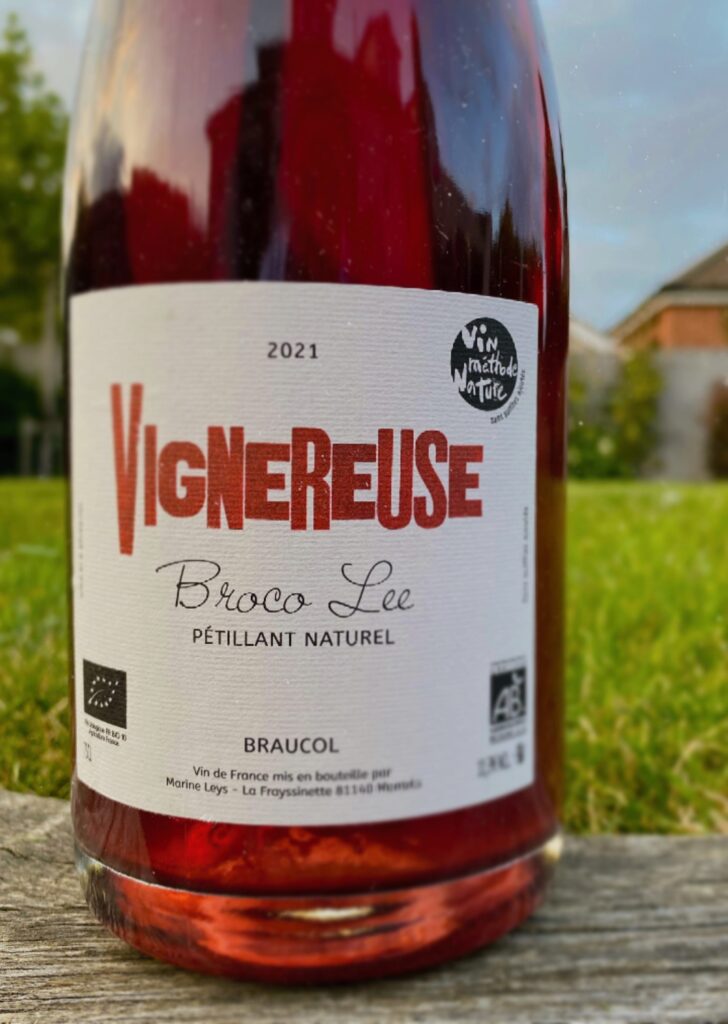
I must say, I agree with this wholeheartedly. The reason behind our need to label seems to be taking over, while we should simply be enjoying the stuff.
Sure, there is a difference between an orchard-blend keg cider and a wild fermented pét-nat single variety cider. Equally a Spanish Rioja from 50 years old grape vines will differ from a tipple that is made with minimal intervention & organic practices, from grapes grown on 10-year-old wines.
A pint of Magners Irish Cider[xxxiii] will offer you a welcoming drink experience as much as a 500ml bottle of Ashton Brown Jersey SV from Ross on Wye Cider & Perry [xxxiv]will do. A glass of Lo Petit Fantet d’Hippolyte Rough 2021 from Château Ollieux-Romanis[xxxv] can be as enjoyable as a Yellow Tail Shiraz[xxxvi] and on and on and on.
I guess what I’m saying is, that I have imbibed toilet paper wine. And vacuum cleaner bag cider. And beers without a soul. I am fairly certain most of us have, but should that be of anyone’s concern? I have also drunk copious amounts of Natural Wines and Natural Ciders, as well as the finest low intervention natural beers a brewer could create.
Can I taste the differences? You betcha, but isn’t that the beauty of being an adult and being able to choose the drink you want to have?
Have a natural wine if you feel like it. Enjoy a soul-less pint of lager down the pub. Open that bottle of conventional wine and sip your way through a wild-fermented cider.
Just remember, as a consumer you vote with your coins for the future of your chosen tipple, as long as you can justify your choice, the sky is the limit! Oh, and please drink responsibly and look after Mother Nature!
Salute!
xxx
[i] The Wine Zine. Issue 1. Ask a Wine Merchant. Isn’t all wine Natural? Micheal Drapkin (2018)
[ii] Can there be a more appropriate word for a German to like? I think not.
[iii] Appellation = a legally defined wine growing region
[iv] Petrichor = that smell of rain on dry earth and dusty roads
[v] Terroir = unique geographical condition in any given vineyard
[vi] The third circle of hell is depicted in Dante Alighieri’s Inferno, the first part of the 14th-century poem Divine Comedy. It represents gluttony and famously reserved for the souls of the greedy
[vii] Grapevines can self-pollinate, but can benefit from cross-pollination, while almost all apple varities require a helping had from pollinators who visit another different apple variety that flowers at the same time
[viii] Heritage Fruit Trees, Chill Units https://www.heritagefruittrees.com.au/chill-units/ [Accessed 18/08/2023]
[ix] Orchards Notes, What are ‘Chill Hours‘ and why do they matter? https://orchardnotes.com/2021/01/10/what-are-chill-hours-and-why-do-they-matter/ [Accessed 18/08/2023]
[x] Britannica. Editors of Encyclopaedia, apple https://www.britannica.com/plant/apple-fruit-and-tree [Accessed 17/08/2023]
[xi] American Cider Association, Certified Cider Professional Study Guide Level 1, p. 2
[xii] Wine & Spirit Education Trust An Introduct5ion to Wine Level 1 Award, p. 5
[xiii] The Orchard Project, The Amazing World of Apple Varieties https://www.theorchardproject.org.uk/blog/the-amazing-world-of-apple-varieties/ [Accessed 18/08/2023]
[xiv] Katherine Clary, Wine, Unfiltered. Buying, Drinking and Sharing Natural Wine (2020), p. VII
[xv] The Wine Zine. Issue 1. Ask a Wine Merchant. Isn’t all wine Natural? Micheal Drapkin (2018)
[xvi] Alice Feiring, Naked Wine: Letting Grapes Do What Comes Naturally (2011), p. 42
[xvii] Caledonia Cider Co What is natural cider? https://caledoniancider.com/what-is-natural-cider/ [Accessed 18/08/2023]
[xviii] Welsh Mountain Cider and Tree Nursery https://www.welshmountaincider.com/[Accessed 18/08/2023]
[xix] And tasting rather good – from a personal point of view!
[xx] Vin-Satori – The Natural Wine Information Website What is Natural Wine? https://www.vin-satori.com/en/blog-natural-wine/wine-the-basics/natural-wine/ [Accessed 24/08/2023]
[xxi] Alice Feiring Natural Wine for the People: What It Is, Where to Find It, How to Love It (2019), p. 51
[xxii] Pete Brown Craft: An Argument: Why the term ‘Craft Beer’ is completely undefinable, hopelessly misunderstood and absolutely essential. (2020), p. 202
[xxiii] OED – Oxford English Dictionary, natural https://www.oed.com/search/dictionary/?scope=Entries&q=natural [Accessed 17/08/2023]
[xxiv] Silver Creek Nursery Ltd. Bulmer’s Norman Apple https://silvercreeknursery.ca/products/bulmers-norman-apple [Accessed 24/08/2023]
[xxv] Ross on Wye Cider & Perry Company https://rosscider.com/ [Accessed 23/08/2023]
[xxvi] refers to Brettanomyces. See: Craft Beer & Brewing, The Oxford Companion to Beer definition of Brettanomyces https://beerandbrewing.com/dictionary/sZ3rBkmAXZ/ [Accessed 23/08/2023]
[xxvii] Go Brettanomyces, Go!
[xxviii] Rolleston on Dove Parish Council Jubilee Orchard 4 Granny Smith apples https://rollestonondovepc.co.uk/wp-content/uploads/2020/01/4.-Granny-Smith-History.jan18.pdf [Accessed 25/08/2023]
[xxix] Bramley Apples History Of Bramley Apple Tree https://www.bramleyapples.co.uk/bramley-apples-history/ [Accessed 25/08/2023]
[xxx] Sulphites in Natural and Organic Wine, What is the purpose of sulphites in wine? https://www.petitescaves.com/pages/les-sulfites-dans-le-vin-nature-et-bio?logged_in_customer_id=&lang=en [Accessed 23/08/2023]
[xxxi] think fossil fuel combustion and natural volcanic activity for example
[xxxii] Alice Feiring, Naked Wine: Letting Grapes Do What Comes Naturally (2011), p. 199
[xxxiii] Magners Irish Cider Original Cider https://magners.co.uk/products/ [Accessed 24/08/2023]
[xxxiv] Cat in the Glass Ross on Wye – Ashton Brown Jersey SV (500ml) https://thecatintheglass.co.uk/product/ross-on-wye-ashton-brown-jersey-sv-500ml/ [Accessed 24/08/2023]
[xxxv] Juiced Wines Château Ollieux-Romanis https://juicedwines.co.uk/products/chateau-ollieux-romanis-lo-petit-fantet-d-hippolyte-rouge-2020?variant=43471013019889 [Accessed 24/08/2022]
[xxxvi] Champagne One Yellow Tail Shiraz (75cl) https://www.champagneone.co.uk/yellow-tail-shiraz-75cl/ [Accessed 25/08/2023]
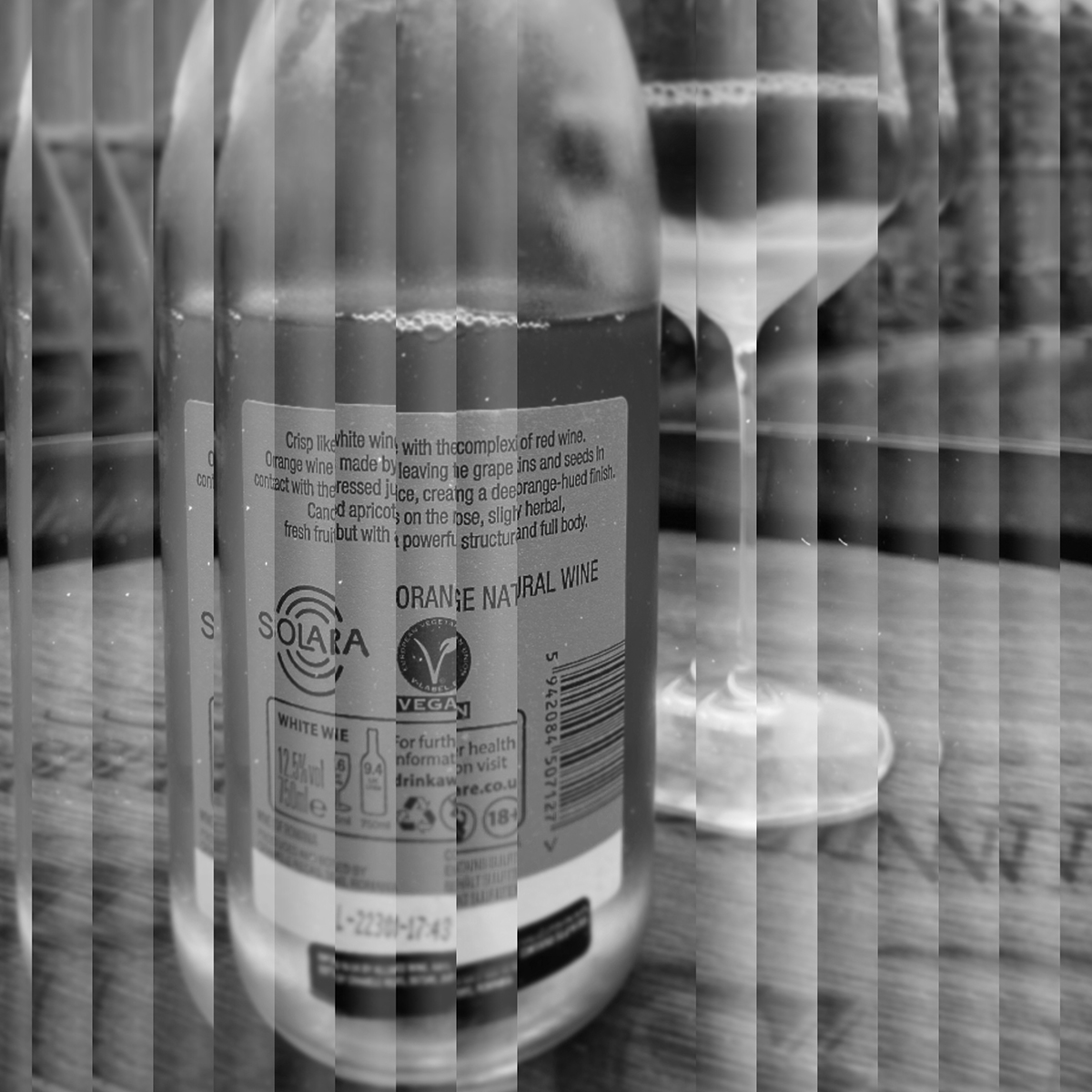
Leave a Reply